All The iPhones That Apple Has Made Since 2007
Dhir Acharya - Feb 12, 2019
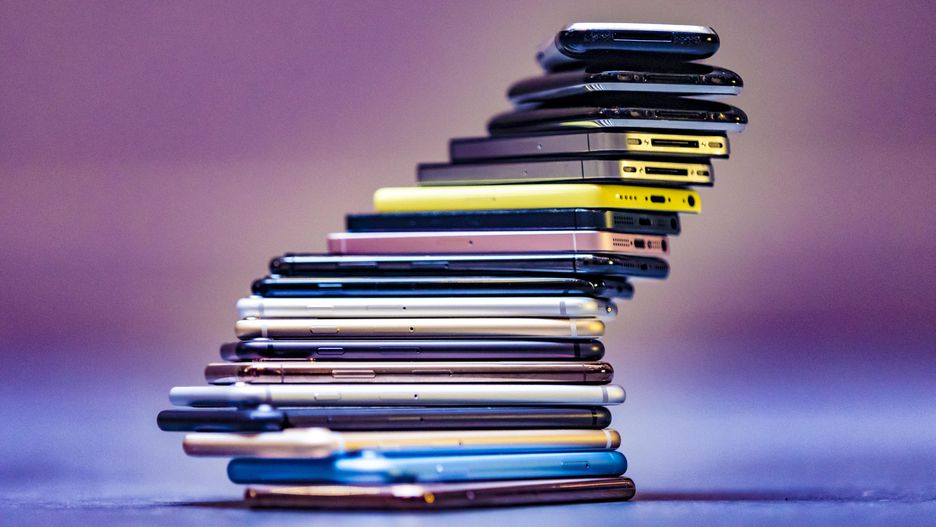
Everything started in 2007 when Apple launched its original iPhone. Since then iPhones have evolved and led the market to new technologies.
- Best Gaming Phones 2025: Top Devices for Mobile Gaming
- How to unlock a disabled iPhone: a step-by-step guide
- Apple Kills Original HomePod, Focusing On HomePod Mini
From the original iPhone launched in 2007 to the most recent iPhone XS launched in 2018, Apple has always found its own way to innovate and define smartphones. As years have gone by and rivals have forced Apples to keep raising its stakes, here are all the iPhones that Apple has produced.
The original iPhone (2007)

Apple’s first iPhone was so successful for its revelation. At a time when phones are technically shrunken computers which carry detailed file systems and keyboards, a handset with a large screen is a game changer.
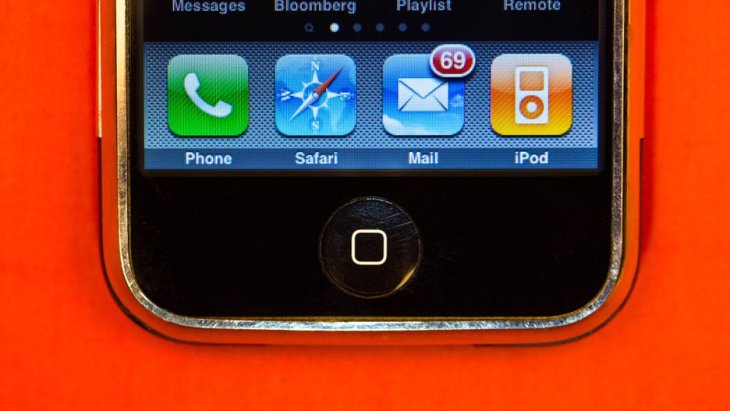
The phone was such a hit for its simplicity with only one central button at the bottom of its front rather than a keyboard.
Today, if we hear about the touch screen, it’s nothing special. But back in 2007, it was a huge innovation, and so was the 3-5 inch screen size.
iPhone 3G (2008)
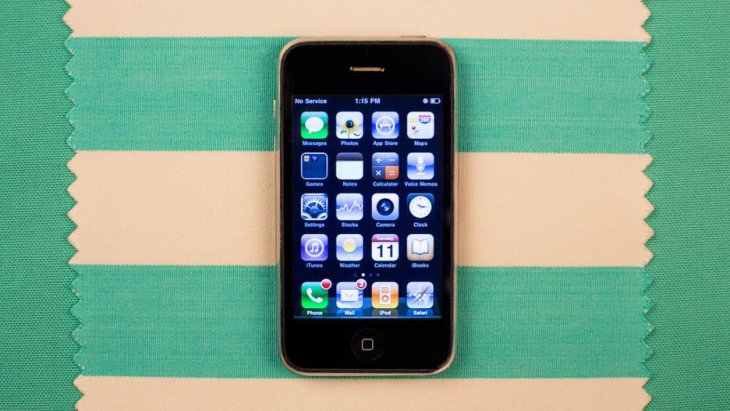
The next model with the white variant was so desirable that everyone wanted one. Notable, Apple introduced the App Store in the iPhone 3G with an unanticipated impact. The App Store generated profit and soon became a place for developers to make money.
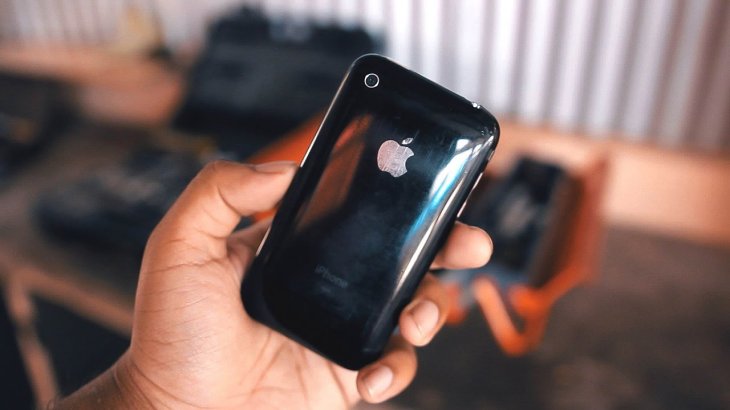
Also, thanks to the third-generation network, iPhone users could access GPS.
iPhone 3GS (2009)

Before this model came out, the cameras on Apple's phones were basic. On the iPhone 3GS, users saw a 3MP camera that was also able to shoot videos. This is also Apple's first S phone launched in odd years; now, new iPhones launched in even years get more significant upgrades.
iPhone 4 (2010)
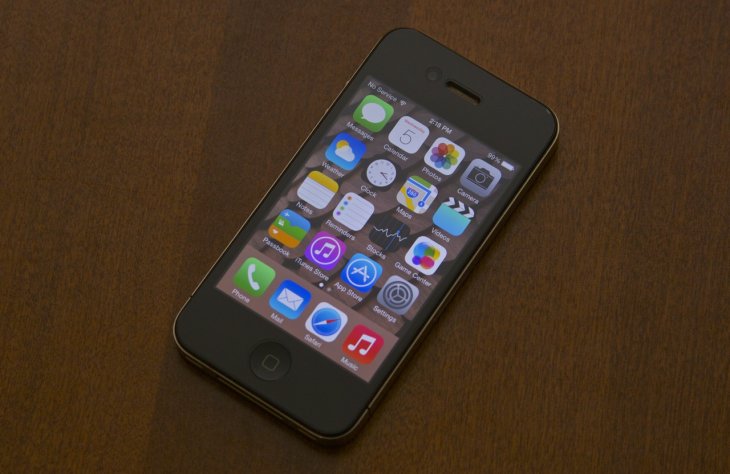
For the following reasons, the phone brought huge upgrades:
It featured a 0.3MP selfie camera. Although the resolution was just entry-level, the front camera started the FaceTime trend.
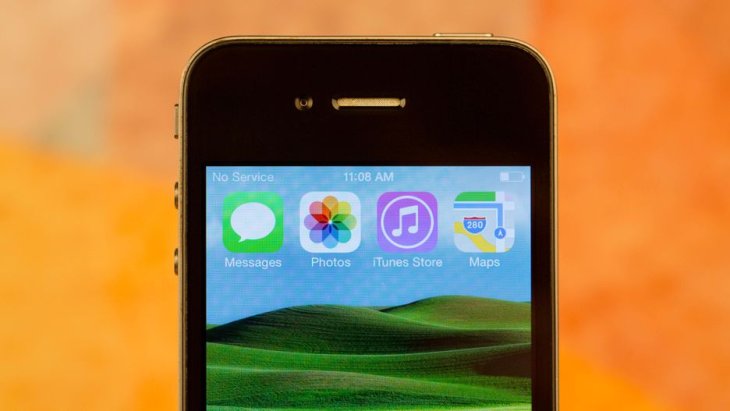
It featured the first Retina Display ever used on Apple’s phones with a sharp 356ppi resolution and allowed multitasking.
However, placing the antenna outside the phone disrupted calls, making users annoyed.

The iPhone 4S (2011)
This time, the “S” means Siri, the voice assistant. Like what it did when launching the App Store, the Cupertino-based company turned a common but little-used feature into a purchase-driving one with its new technology.
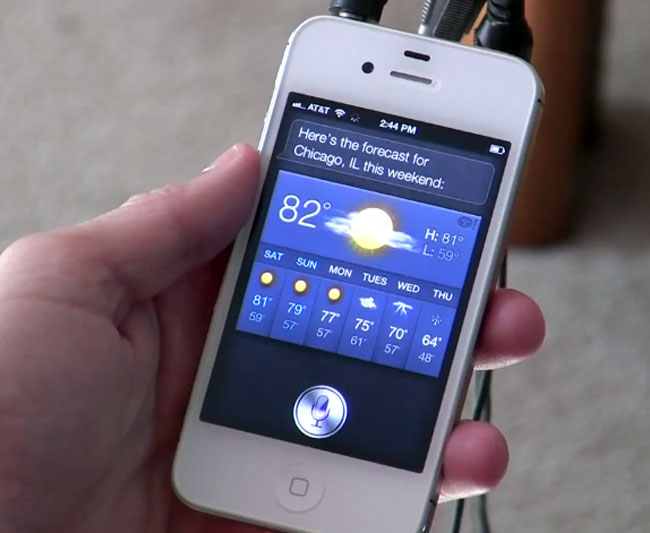
Siri sounded more like human more, the home button was integrated and the visual interface all in all set the standard for the whole market.
Unluckily, Siri was not further developed and soon fell behind Google Assistant.
But the iPhone 4S still shows upgraded features. It has an 8MP camera which can capture 1080p HD videos, featuring iMessage as well as a much faster processor.
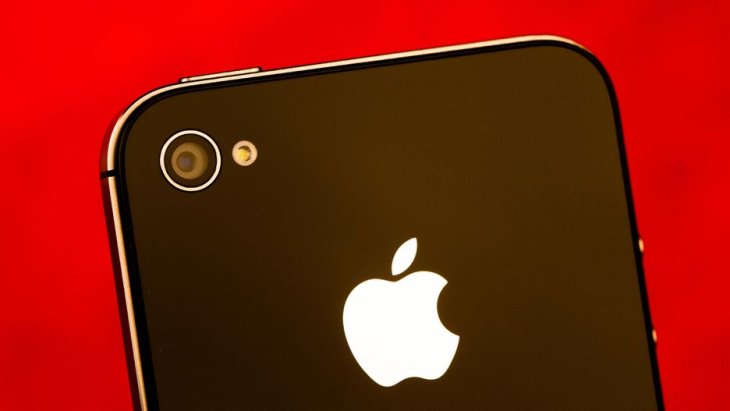
iPhone 5 (2012)
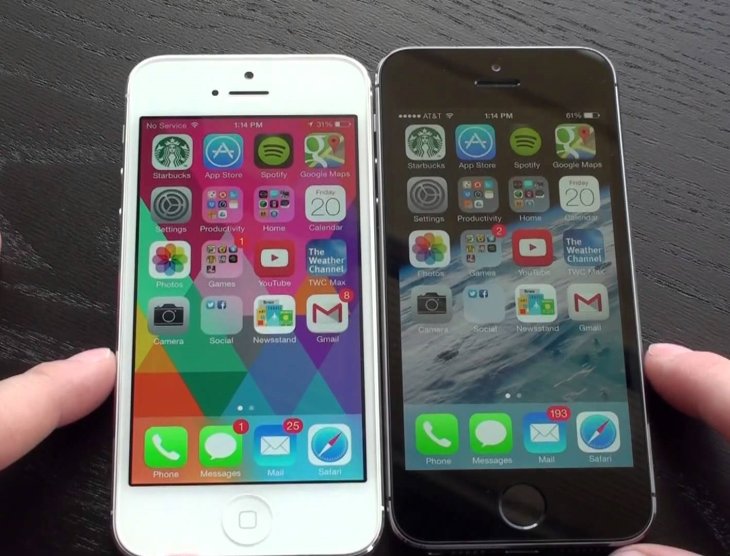
Compared with previous models, the iPhone 5’s port is smaller and LTE gave it 4G speeds. The phone’s screen is 0.5 inches larger than its original model, it’s also thinner and lighter.

iPhone 5S (2013)
It’s the first handset device to feature Touch ID, with which you can unlock phones or pay for apps by pressing on the home button. It’s also the first iPhone to have a gold variant, and rivals soon caught up. The iPhone 5 is powered by a 64-bit chip and has dual-LED flash.
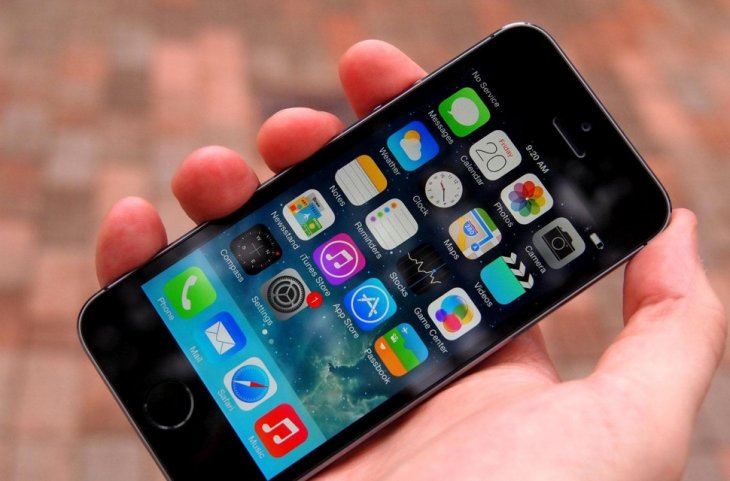
iPhone 5C (2013)
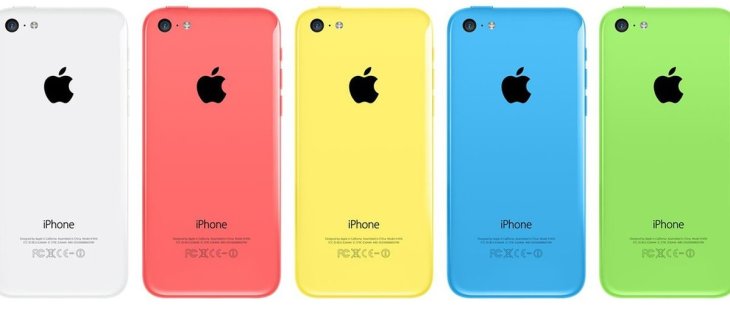
The first iPhone to have actual colors, namely yellow, blue, green, pink, and white plastic. The phone’s specs were nothing impressive and were discontinued when the 5S was made available for sale.
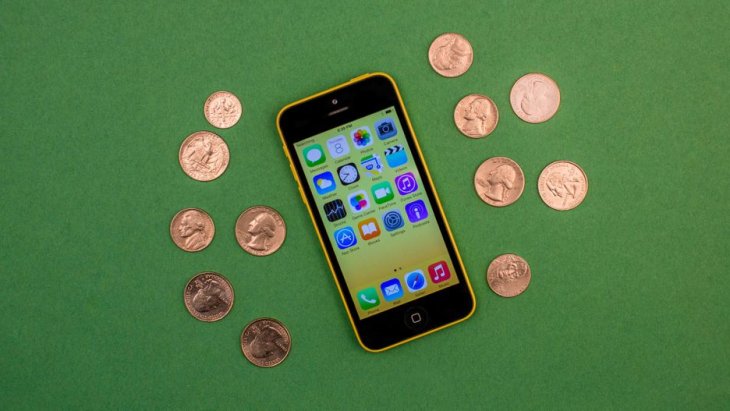
At a comparatively affordable price, the iPhone 5C was Apple’s move to enter the Chinese market where the brand made its image as financially unattainable to a lot of people.
iPhone 6 and 6 Plus (2014)
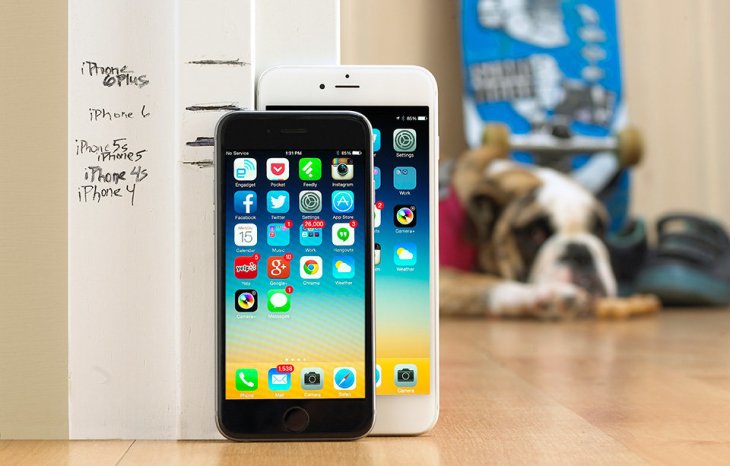
After seven years, users finally saw a breakthrough. Featuring larger screens, the iPhone 6 was 4.7 inches while the 6 Plus was 5.5 inches.
However, bigger sizes meant bendgate. Days after their launches, users complained that the phones got bent easily.
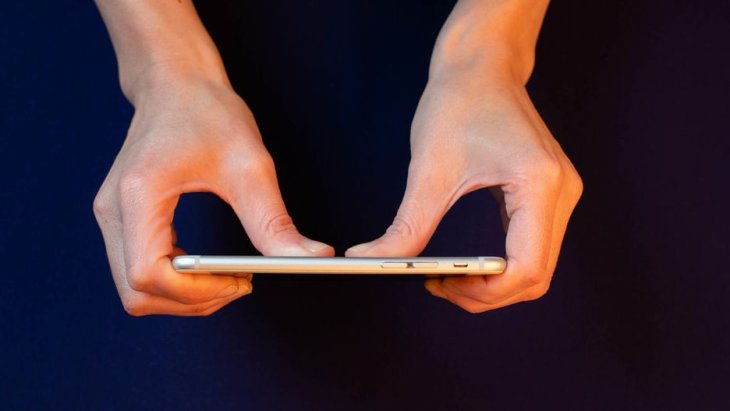
iPhone 6 Plus
After internal tests, Apple found that the iPhone 6 and 6 Plus were 3.3 and 7.2 times more easy to bend than the iPhone 5, respectively. Notably, a court in May 2018 revealed that the company itself was aware of the issue.
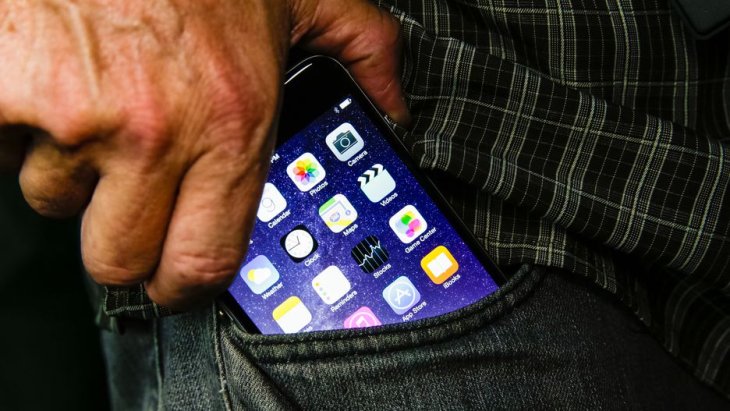
iPhone 6S and 6S Plus
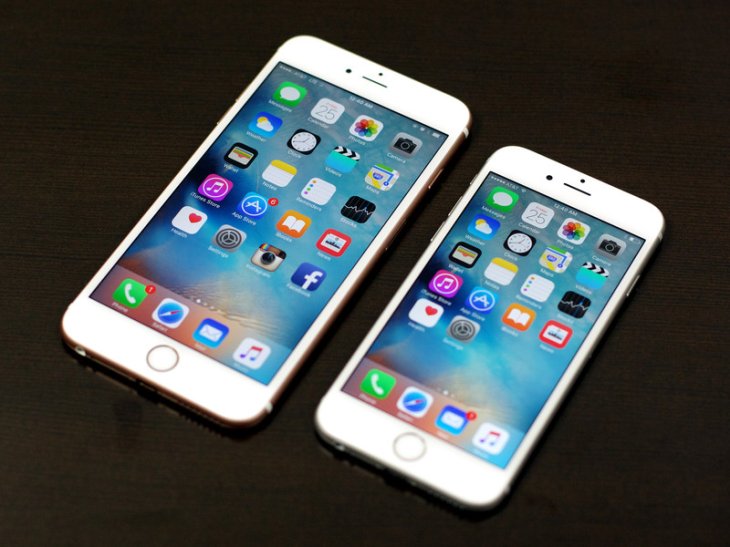
The phones feature a new color: rose gold, it also has a 12MP camera on its back.
The most exciting feature on the iPhone 6S Plus was 3D Touch that shows sub-menus when you press and hold an icon on the phone’s screen firmly.
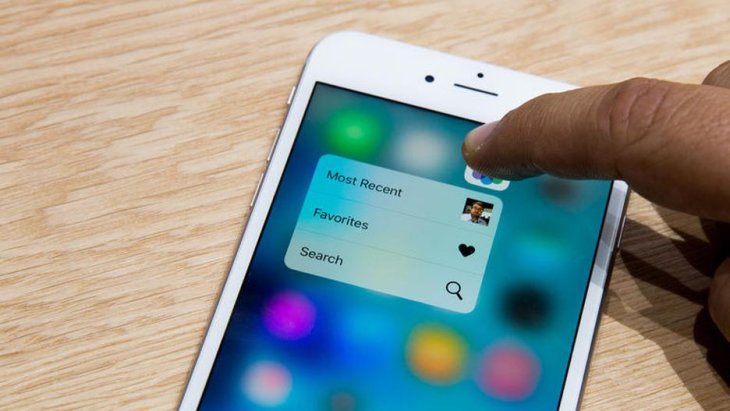
iPhone SE (2016)
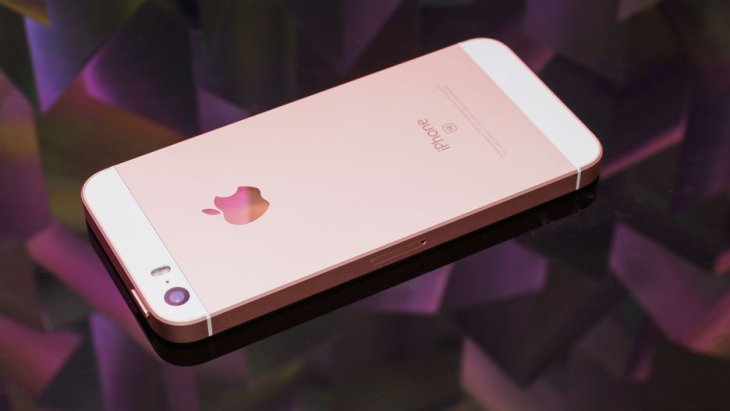
With a smaller 4-inch size, the iPhone SE is Apple’s intentional step back. The phone takes after the iPhone 5’s dimensions and the internal hardware of the 6S such as the 12MP camera and zippy chip.
iPhone SE (2017)
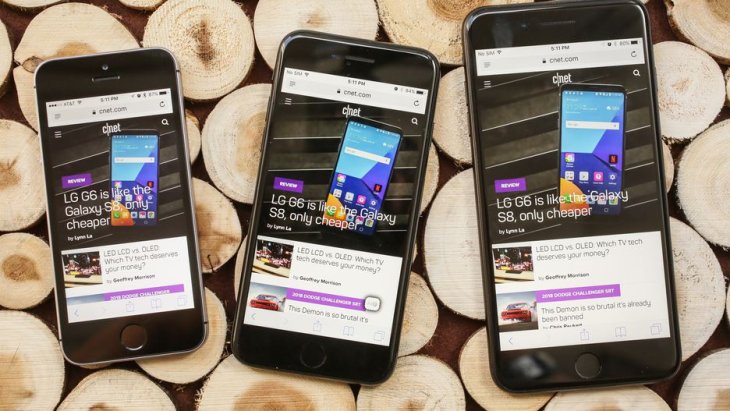
In 2017, Apple relaunched the iPhone SE with twice as large internal storage but kept the same price. However, in 2018, the company discontinued the SE.
iPhone 7 and 7 Plus (2016)
These phones brought major changes. The least of those was the brand new black shade that easily wound up scratching. They were the first Apple’s phone to be water-resistant.
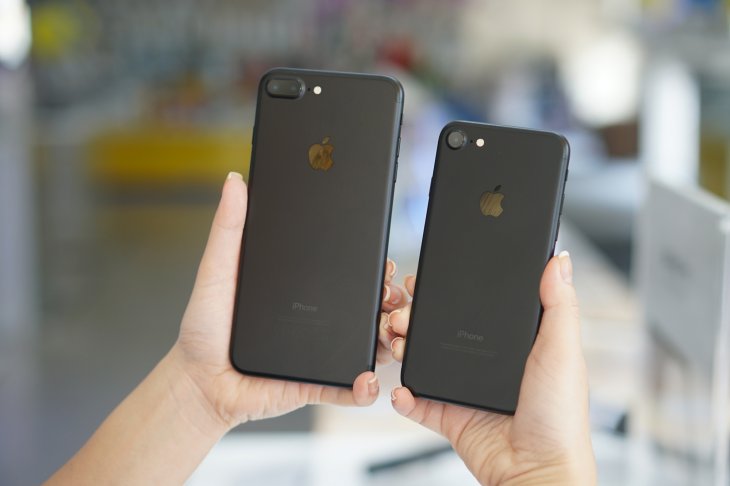
Notably, Apple omitted the 3.5mm headphone jack, which meant users had to buy a dongle adaptor if they wanted to use wired headphones. The company said by removing the headphone jack, it couraged users to get a more costly tool – the wireless AirPods.
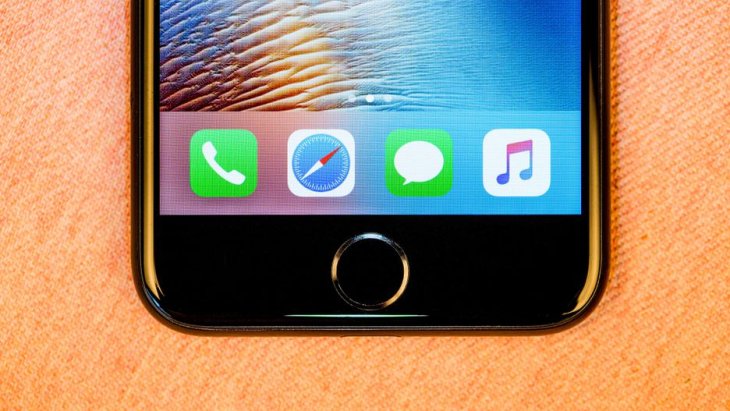
On the iPhone 7, one interesting thing was the capacitive and static home button. This means instead of actually pressing the button in, you only need to lay your thumb and the sensor recognizes your pressure.
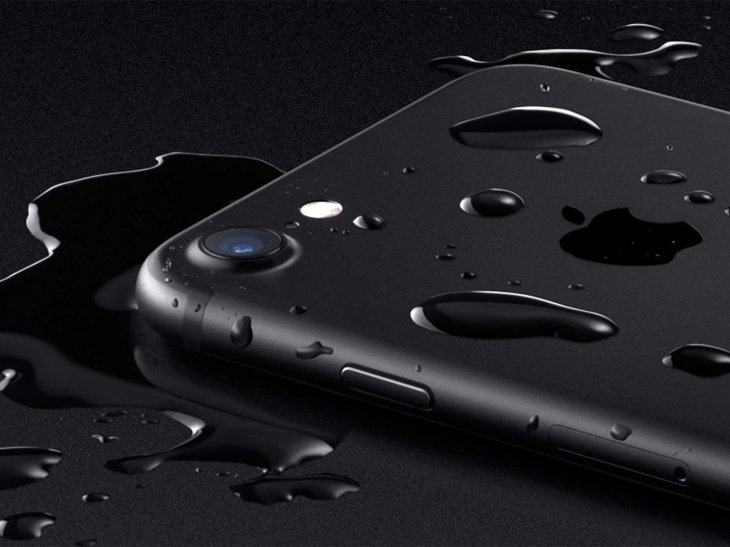
However, the most significant upgrade must be the dual camera setup on the back of the 7 Plus. This spun up a portrait mode frenzy which forced rivals to catch up with the game and add more lense to their own phones.
iPhone 8 and 8 Plus (2017)
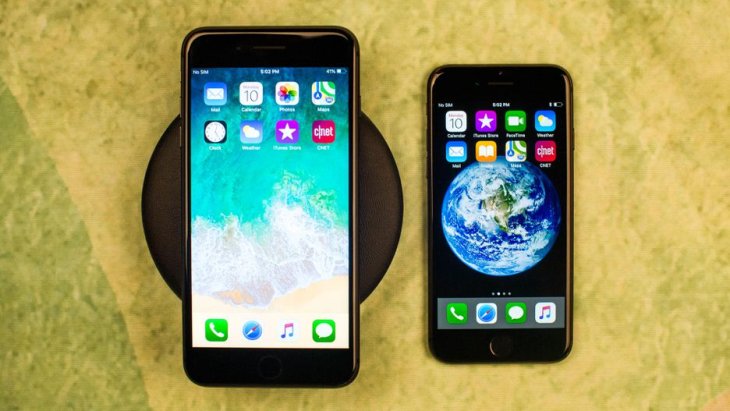
Like wireless headphones were not enough, these two phones even support wireless charging.
Apple also talked about AirPower – it’s charging pad with a promise to bring about exclusive features. But nothing has really come out yet.
iPhone X (2017)
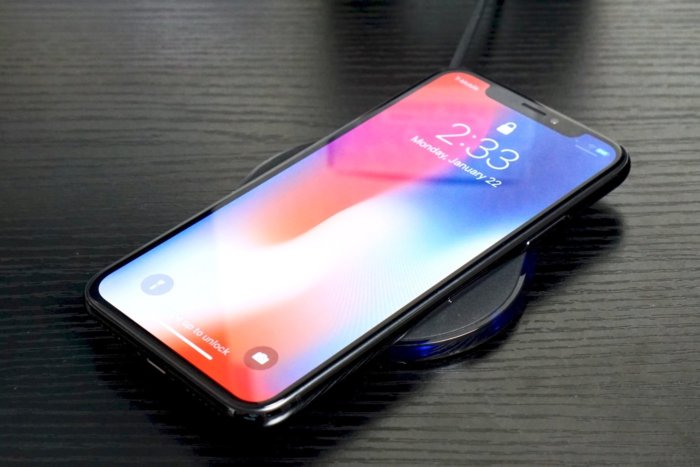
Celebrating iPhone’s 10th anniversary, the iPhone X brought more “firsts” to the smartphone market, in not only design but also technology.
With this phone, Apple made the bezels thinner, replaced the LCD screen with the OLED one, and removed the home button to adopt the Face ID. Another outstanding thing about the iPhone X is its notched design.
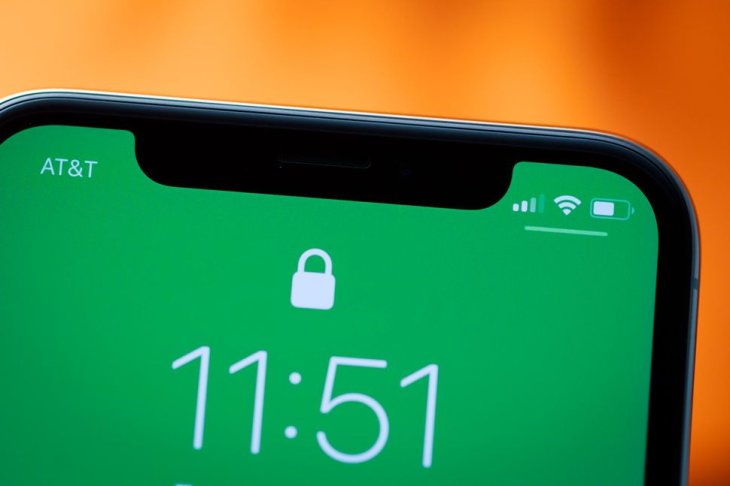
Animoji, which mimics human facial expressions, makes the phone even better.
iPhone XS and XS Max (2018)
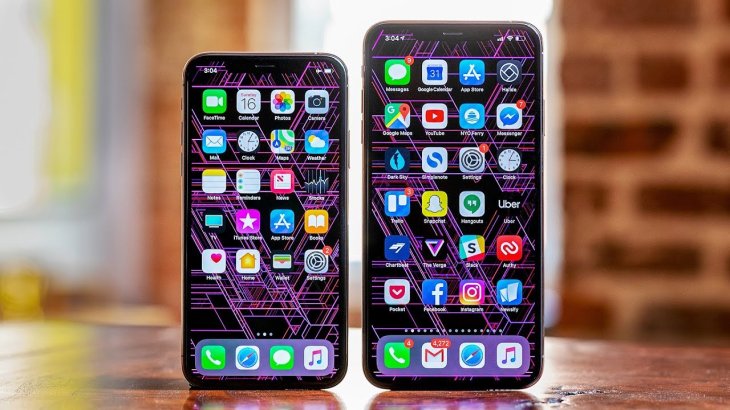
The XS is 5.8 inches and the XS Max is 6.4 inches, both feature an OLED display and the Face ID as well as upgraded hardware.
The two phones share the same specs but the XS Max is larger than the XS.
iPhone XR (2018)
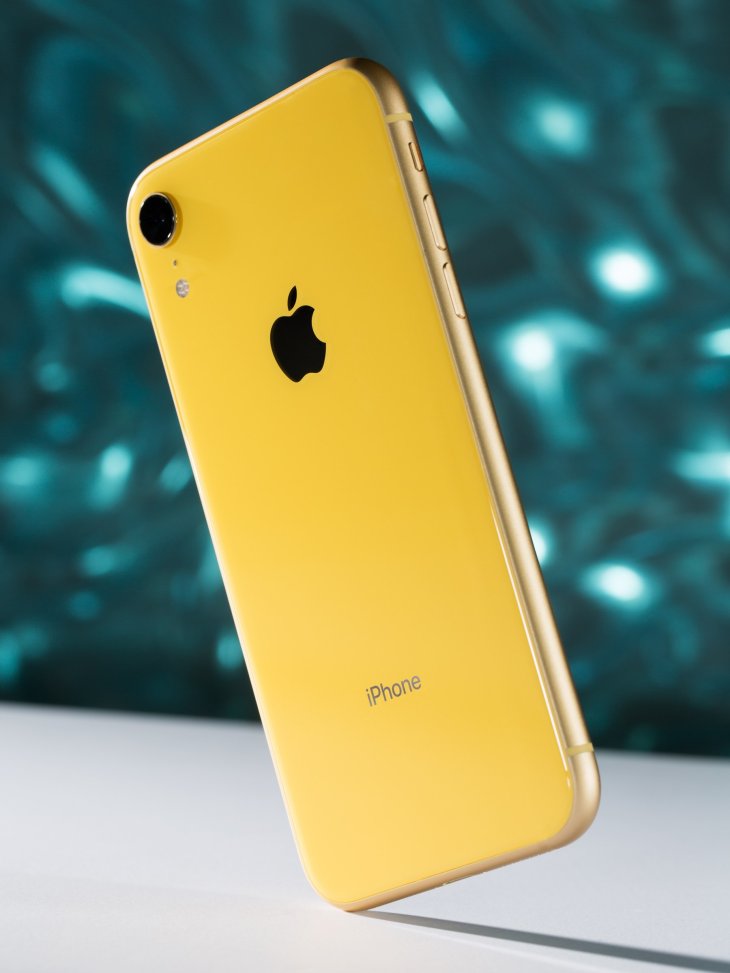
The 6.1-inch XR is a new affordable iPhone model from Apple. The phone features an LCD display and one rear camera, and it has six different color variants.
The XR has the same A12 Bionic processor as the XS, and apart from the single rear camera, it shares the same camera specs with the XS.
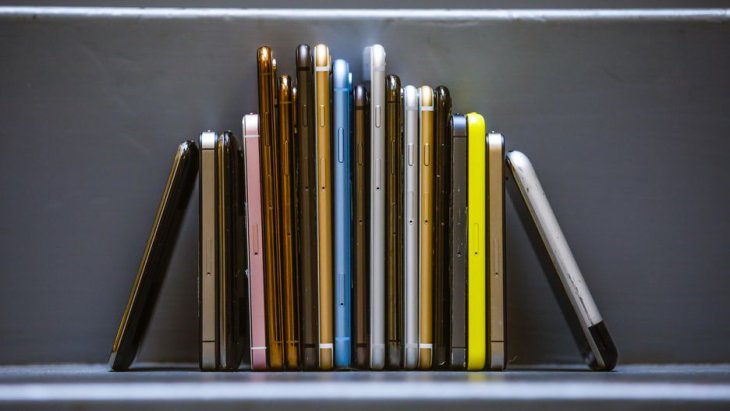
In 2019, it seems that Apple will sell fewer iPhones but earn more on each unit. However, iPhones may fall behind while other companies race for 5G and foldable phones.
What will Apple’s next iPhone look like?
Featured Stories

Mobile - Oct 23, 2025
How Casual Games Are Winning the Mobile Attention War
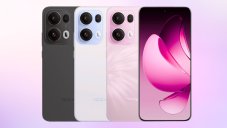
Mobile - Jul 03, 2025
OPPO Reno 14 Series Hits India: Launch Date, Cameras, and Specs

Mobile - Jun 12, 2025
Best Gaming Phones 2025: Top Devices for Mobile Gaming
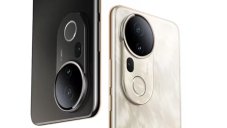
Mobile - Jun 12, 2025
Vivo T4 Ultra Debuts with MediaTek Dimensity 9300+ Chipset
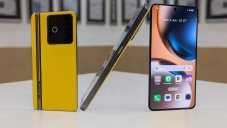
Mobile - Jun 08, 2025
Realme GT 7T Review: Power Meets Endurance in Controversial Style
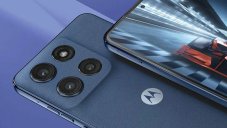
Mobile - Jun 08, 2025
Motorola Edge 60 Set to Debut in India This June

Mobile - Jun 07, 2025
Realme C73 5G Launches in India: Budget 5G Phone Starts at ₹10,499

Gadgets - Jun 07, 2025
OnePlus 13s Makes Indian Debut: Compact Flagship Brings Premium Features at...
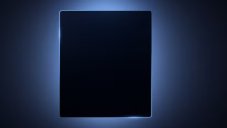
Mobile - Jun 04, 2025
Samsung Galaxy Z Fold 7 Ultra: The Next Chapter of Premium Foldables

Mobile - Jun 02, 2025
Comments
Sort by Newest | Popular